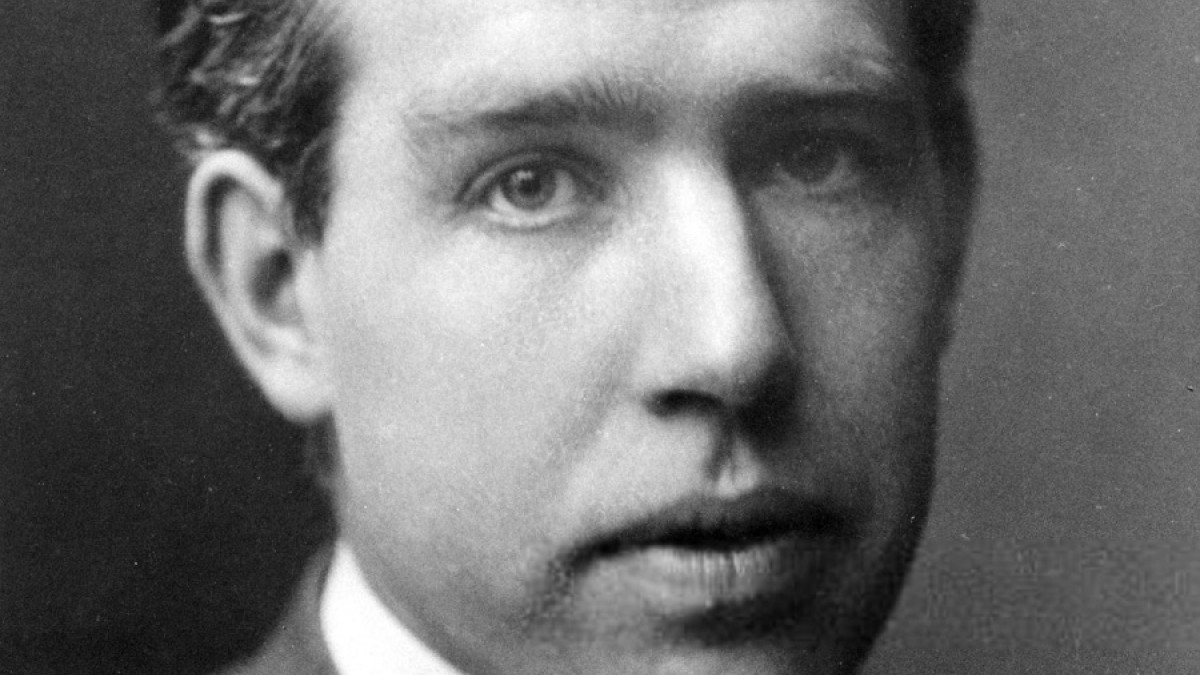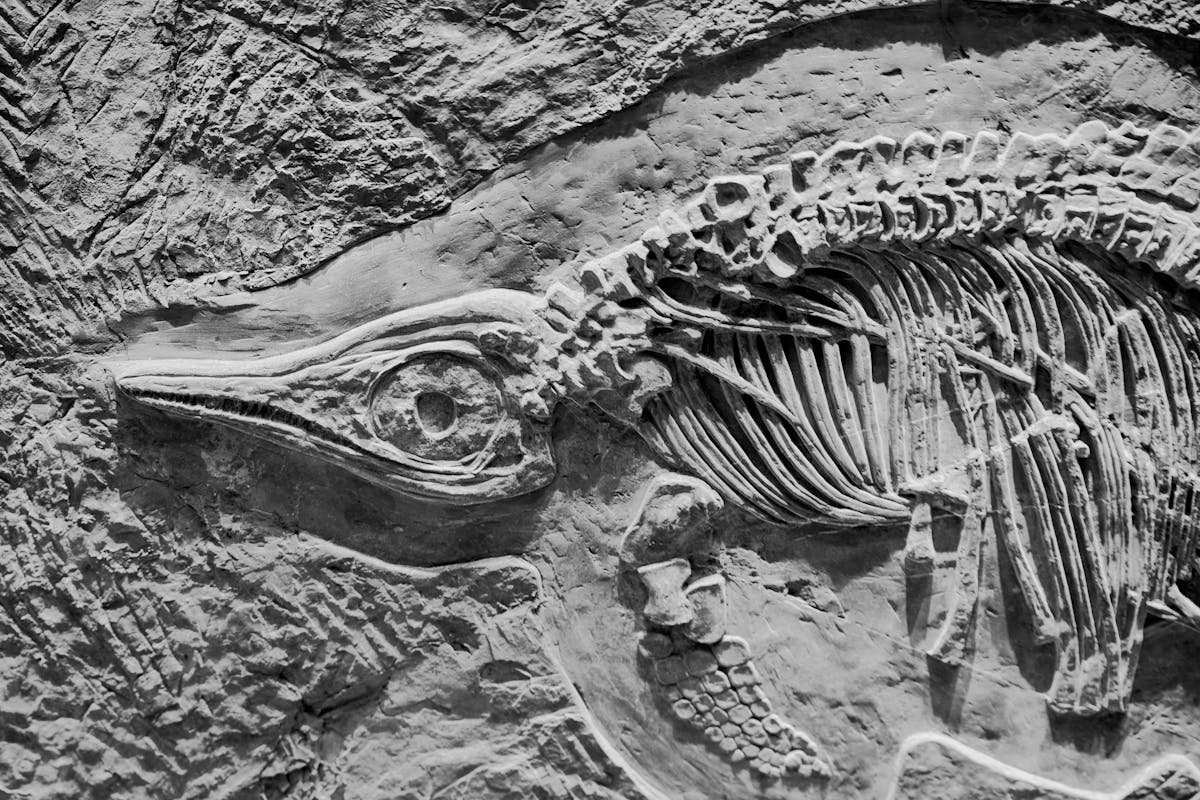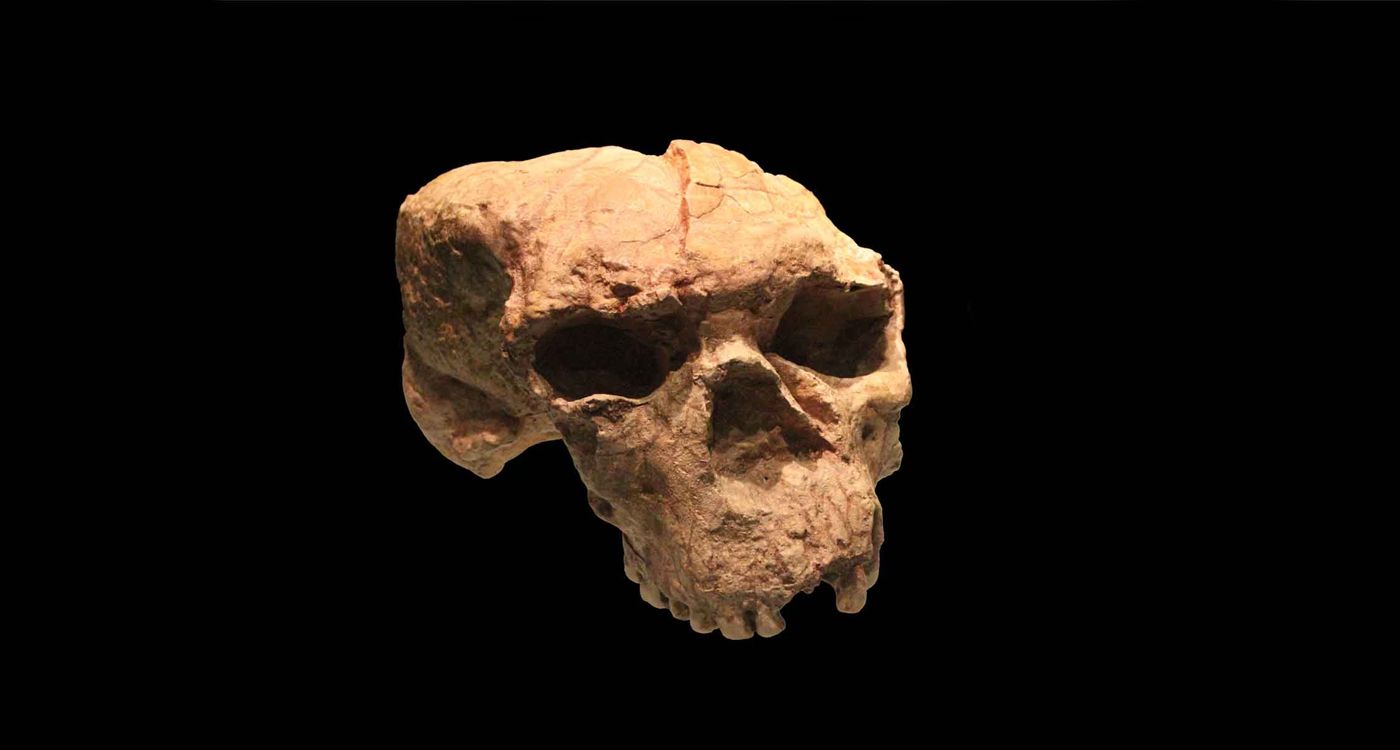Understanding Maxwell’s Electromagnetism Work
James Clerk Maxwell is recognized as a pivotal figure in physics, largely due to his groundbreaking efforts in electromagnetism. The influence of his theoretical and empirical discoveries has spread throughout contemporary science and technology, driving progress from radio communication to the intricacies of quantum field theory. A detailed review of his primary achievements offers deep insight into how Maxwell redefined the scientific understanding of electricity and magnetism.The Foundations: Unifying Electricity and MagnetismBefore Maxwell, electricity and magnetism were primarily studied as separate occurrences, each governed by its own principles. Groundbreaking figures like Michael Faraday, André-Marie Ampère, and Carl Friedrich Gauss had…






